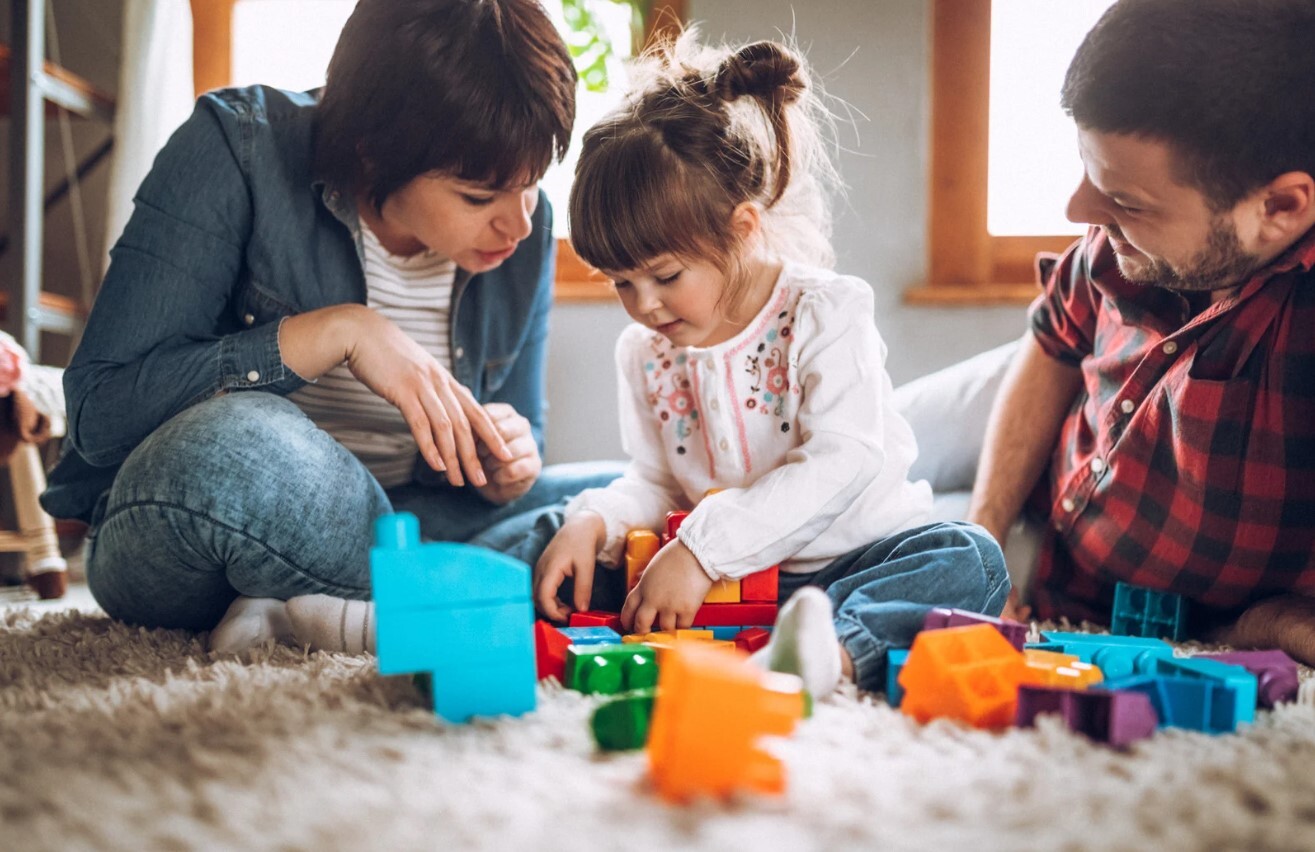For children with autism, the world can often feel overwhelming.
Everyday sights, sounds, and textures that others barely notice can cause stress, discomfort, or even meltdowns. That’s why creating a sensory-friendly home environment is so important—it provides a safe, calming space where children can thrive and feel understood.
Here are some simple, effective ways to make your home more sensory-friendly:
1. Understand Your Child’s Sensory Needs
Autism is a spectrum, and each child has unique sensory preferences. Some may be hypersensitive to noise, lights, or textures, while others may seek out sensory input like movement or touch. Spend time observing how your child reacts to different stimuli in your home. Are they covering their ears when the blender runs? Do they avoid certain fabrics? Recognizing their triggers and preferences is the first step in creating a supportive space.
2. Create a Calm, Safe Space
Designate one area of your home as a “calm corner” or sensory retreat. This doesn’t need to be a full room—it can be a cozy nook with soft lighting, calming colors, and comforting objects. Items to consider include:
- A small tent or canopy for a sense of enclosure
- Weighted blankets or lap pads
- Noise-canceling headphones
- Soft cushions or beanbags
- Fidget toys and sensory bins
3. Manage Lighting
Bright or flickering lights can be distressing for some children with autism. To reduce sensory overload:
- Use soft, warm lighting rather than harsh fluorescents
- Install dimmer switches where possible
- Add blackout curtains in bedrooms or quiet areas
- Consider LED lights with adjustable color settings for flexibility
4. Reduce Noise and Echo
Loud, sudden, or layered sounds can be overwhelming. Try these strategies to minimize auditory stress:
- Use rugs, curtains, or wall panels to absorb sound
- Avoid loud appliances during high-stress times
- Offer a quiet space where your child can retreat when needed
- Consider white noise machines or calming nature sounds to help drown out background noise
5. Incorporate Sensory Play Areas
If your child seeks sensory input, a dedicated play area can help them regulate their needs in a safe and structured way. Ideas include:
- A swing, mini trampoline, or crash pad
- Sensory tables filled with rice, water beads, or sand
- Textured walls or sensory boards
- Mirrors or bubble tubes for visual stimulation
6. Use Visual Supports
Visual cues help provide structure and predictability, which is especially comforting for many children on the spectrum. Try adding:
- Picture schedules for daily routines
- Labels with words and images on drawers and containers
- Visual timers or clocks to ease transitions
7. Keep It Clutter-Free
A cluttered space can be visually overwhelming. Keep toys and objects organized in labeled bins. Simplify décor and minimize loud patterns, especially in bedrooms and calm areas.
8. Involve Your Child in the Process
Whenever possible, involve your child in choosing items, colors, or layouts. Even small choices—like picking the color of a sensory pillow—can help them feel more in control and connected to their space.
Final Thoughts
Creating a sensory-friendly home doesn’t mean turning your house upside down. It’s about thoughtful, individualized adjustments that support your child’s comfort and development. By recognizing their sensory preferences and designing a supportive environment, you’re helping them feel safe, regulated, and empowered every day.
Looking for more resources or tips?
Our therapy team is here to help families create nurturing, autism-friendly spaces that make a difference. Reach out to Community Autism Services, a division of The Stepping Stones Group, to learn more about sensory strategies, in-home therapy support, and more.

